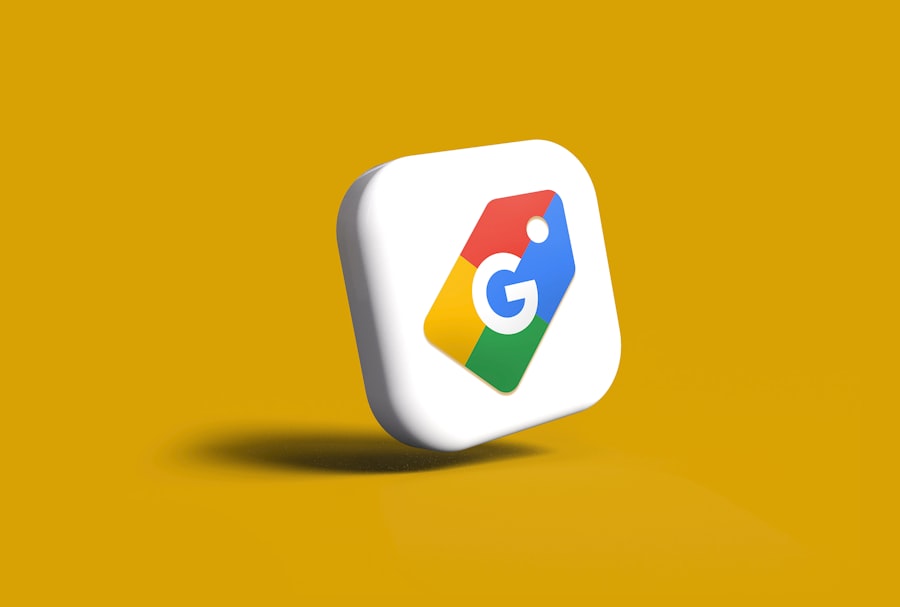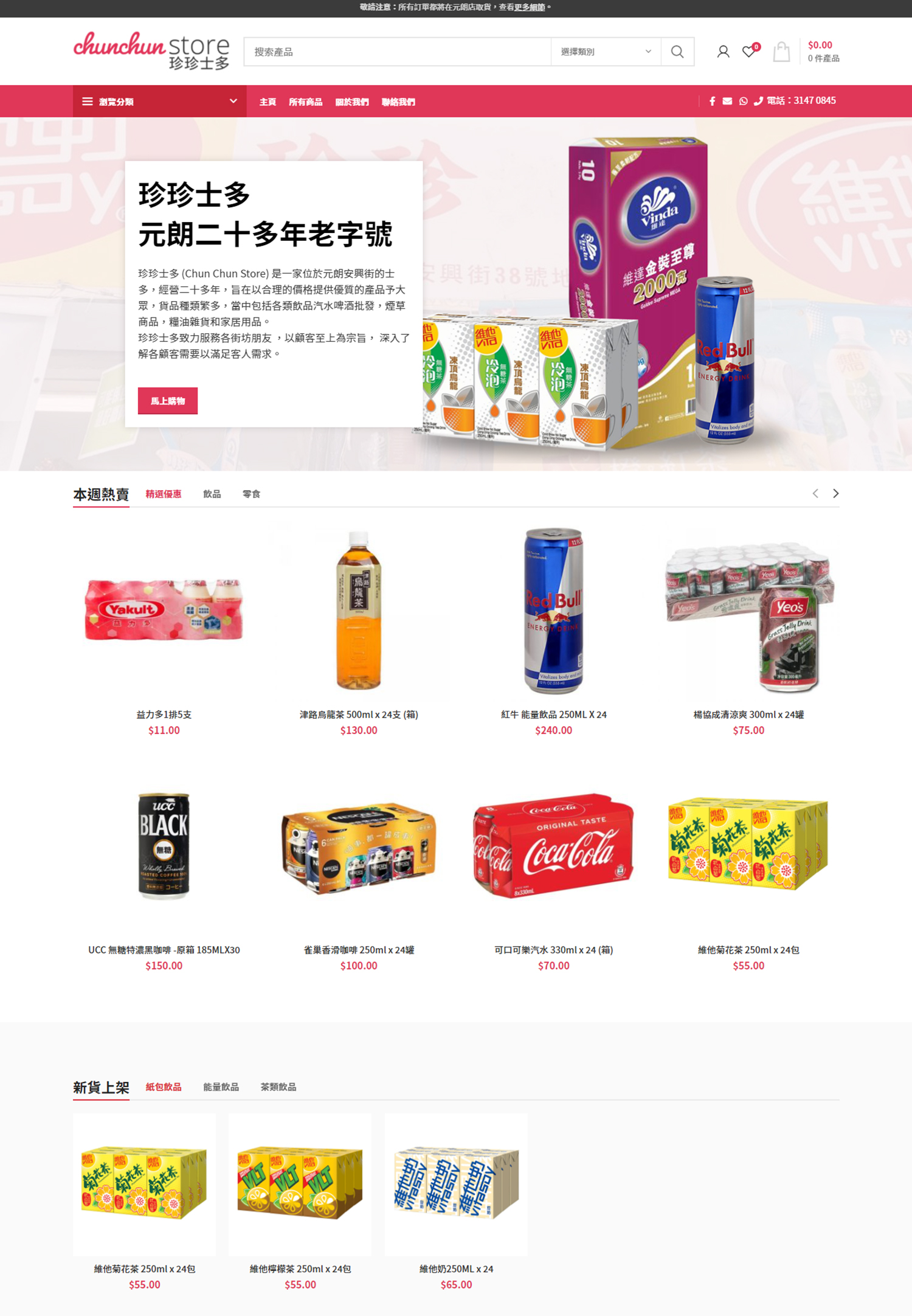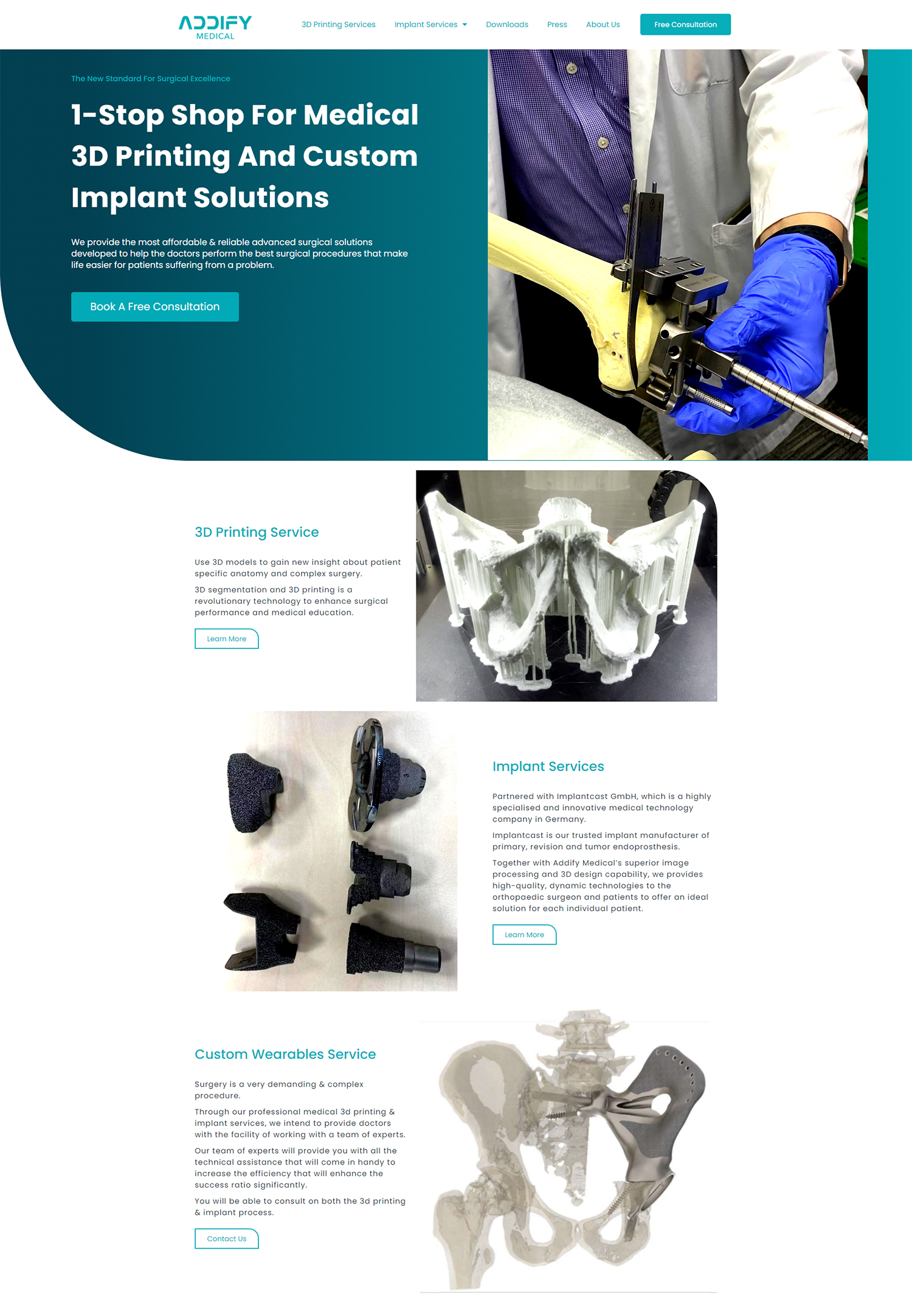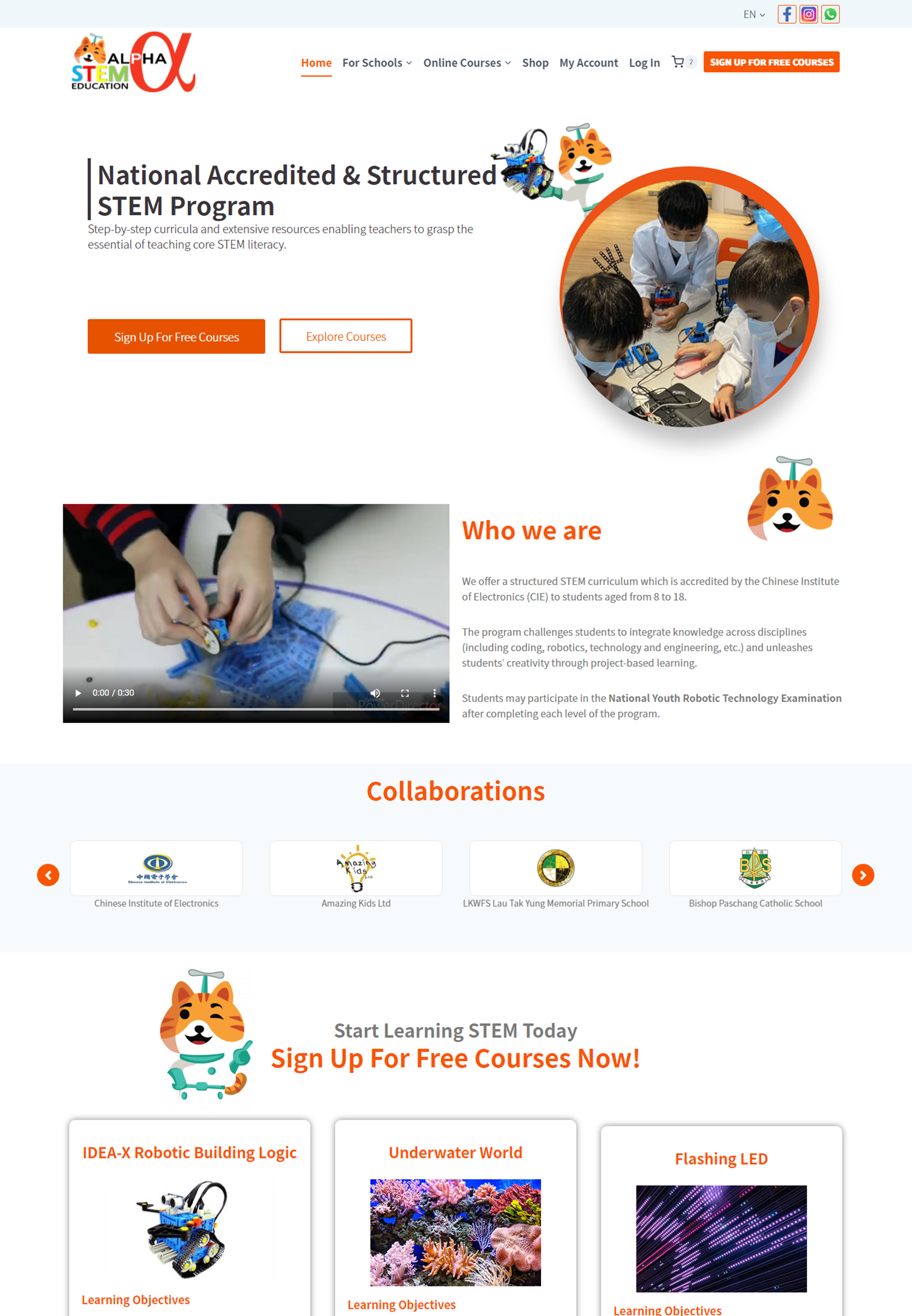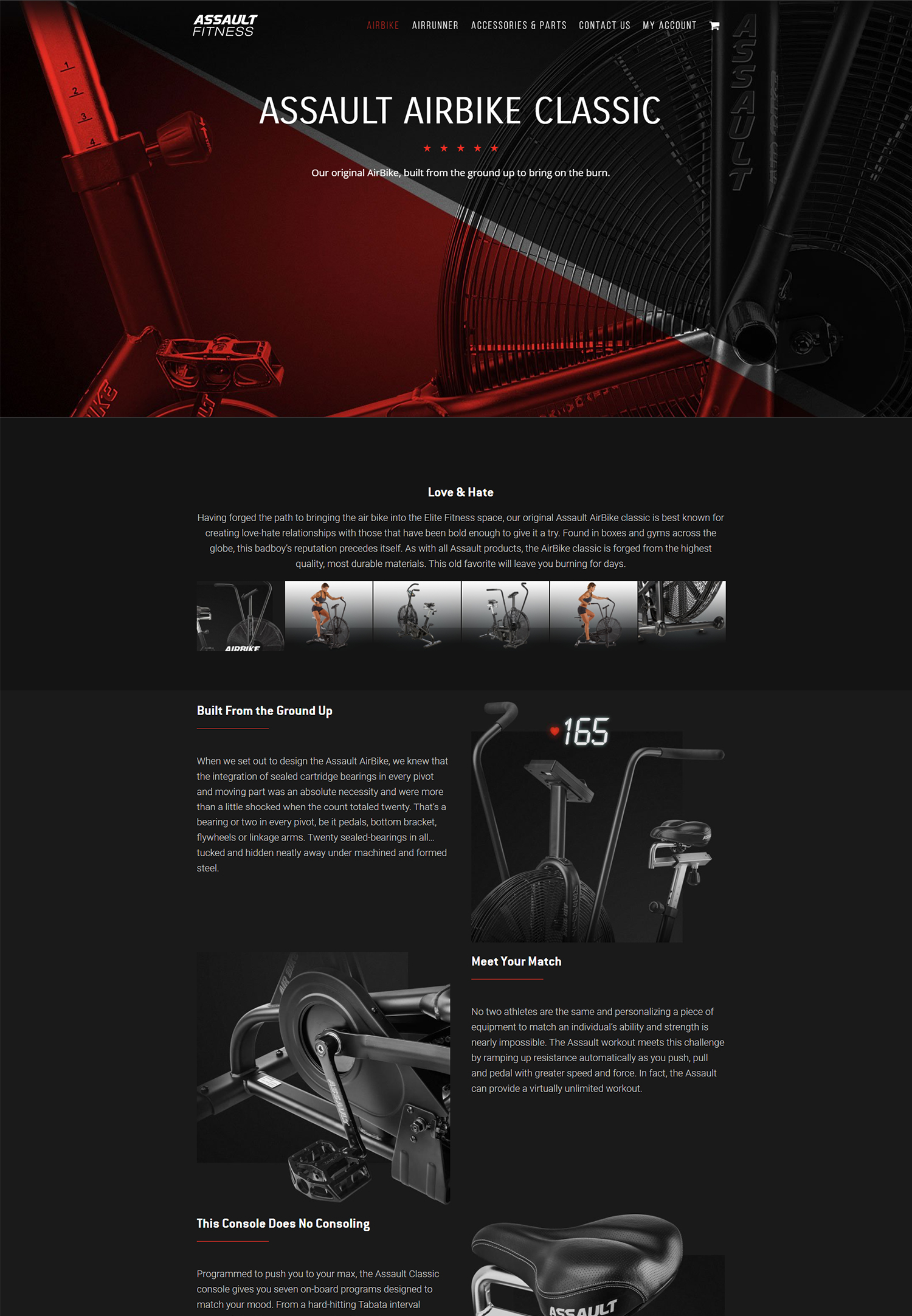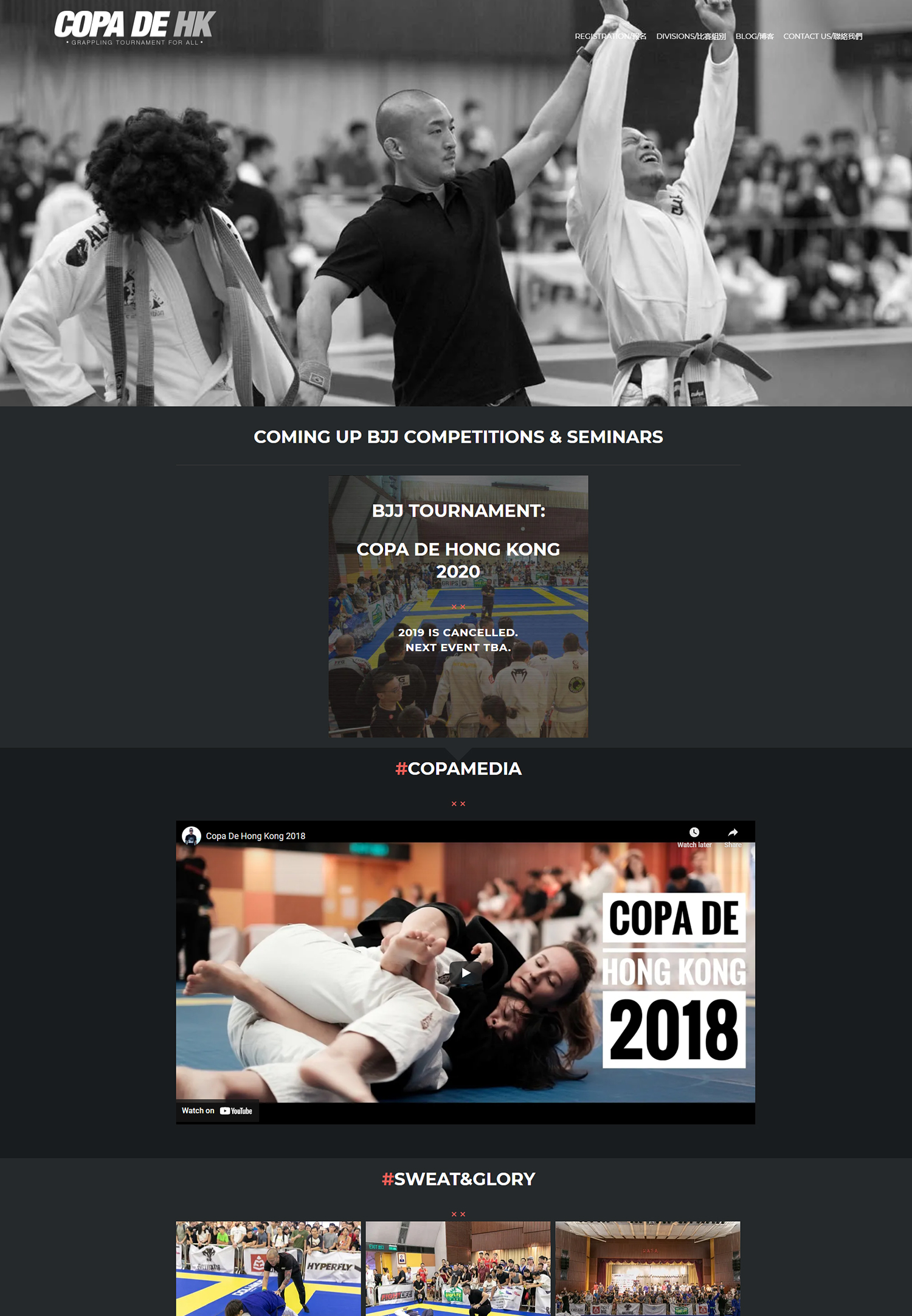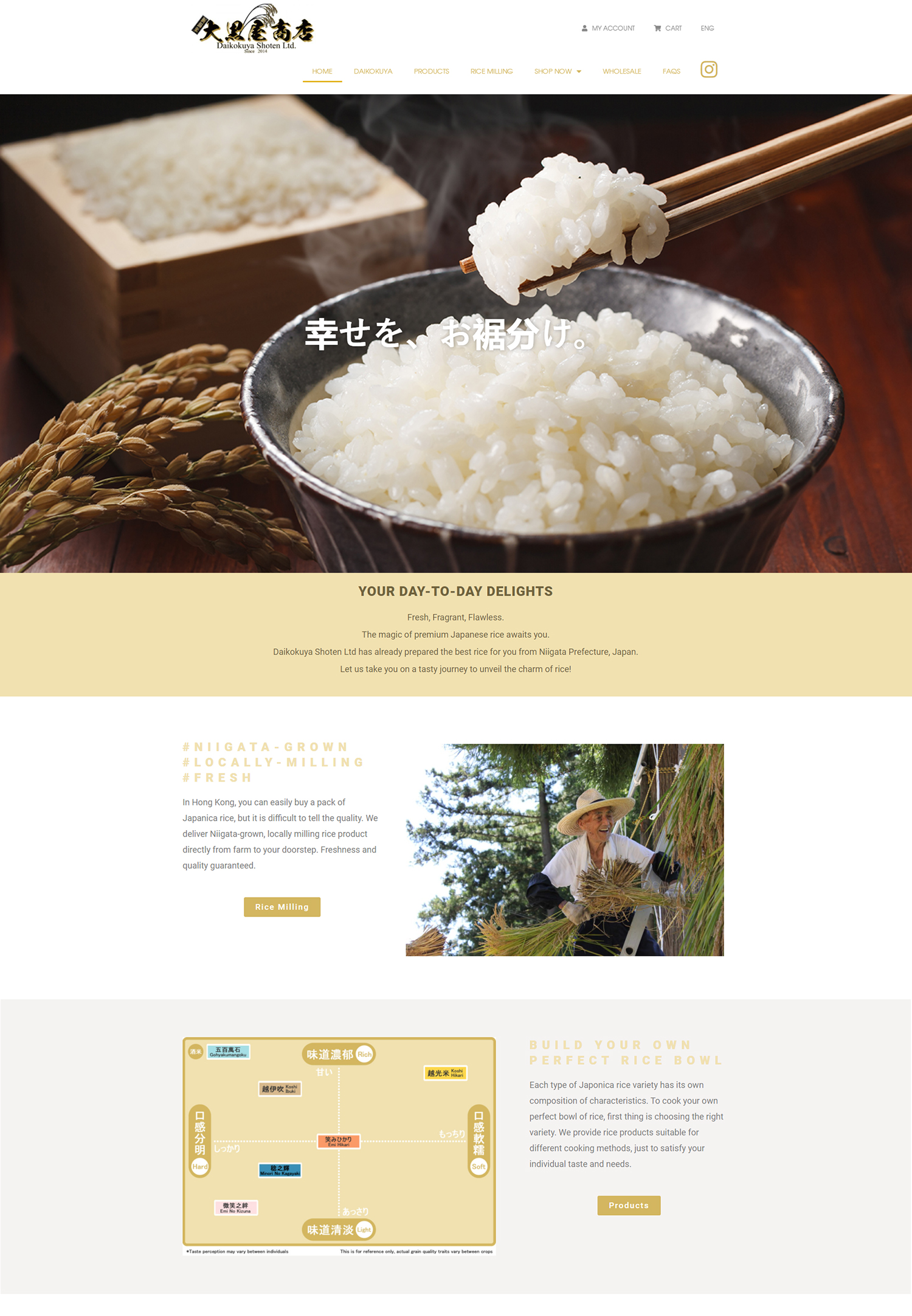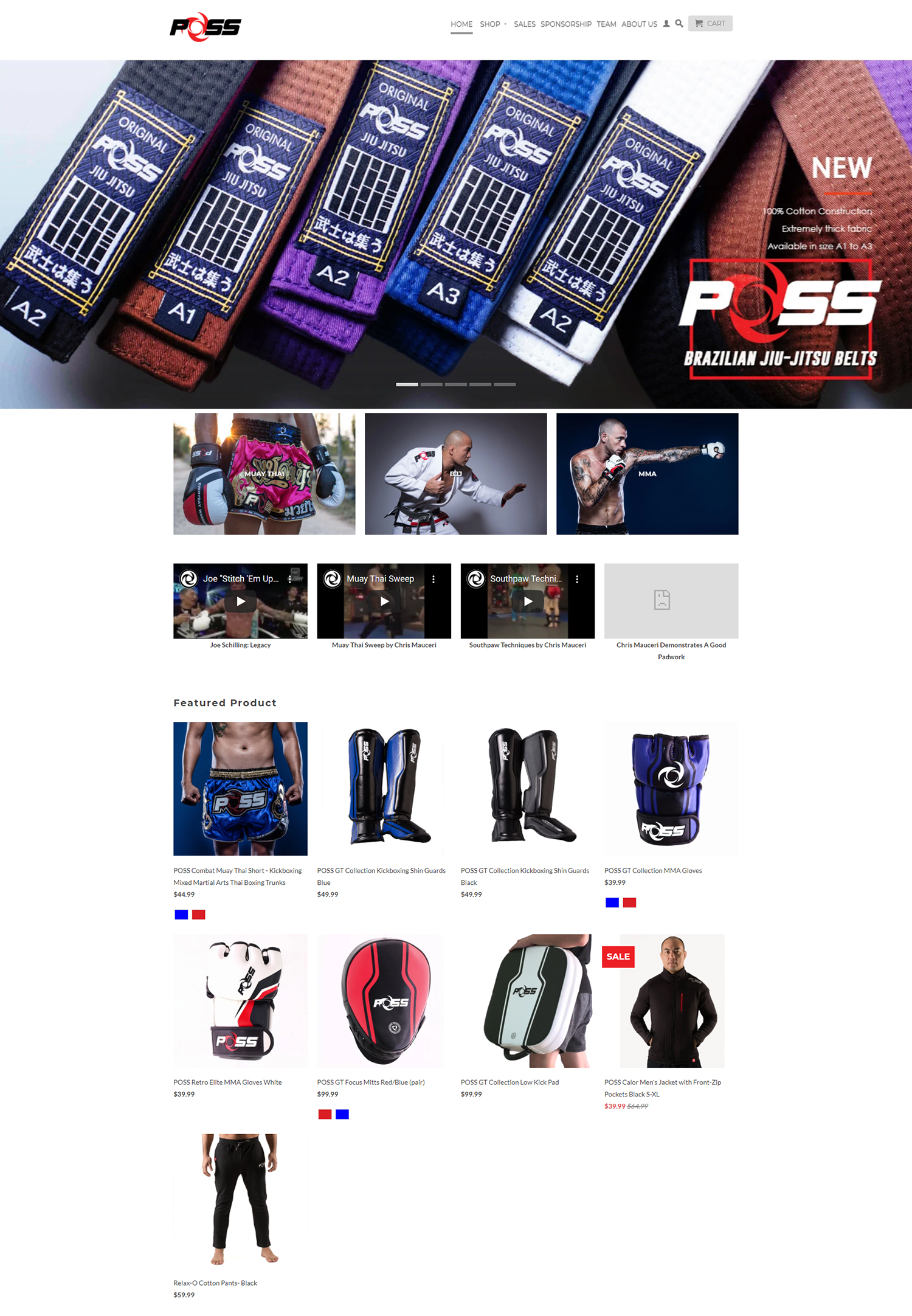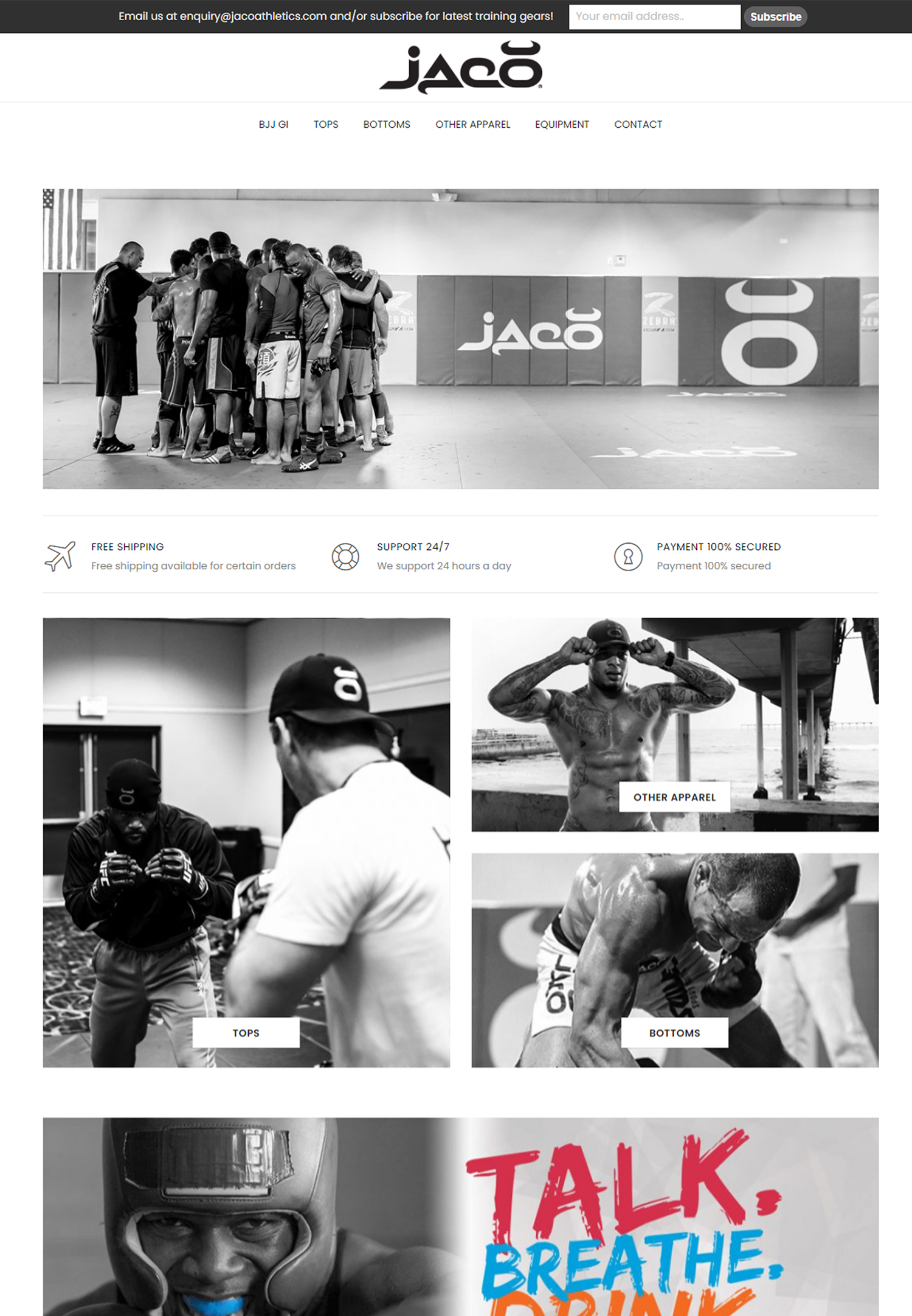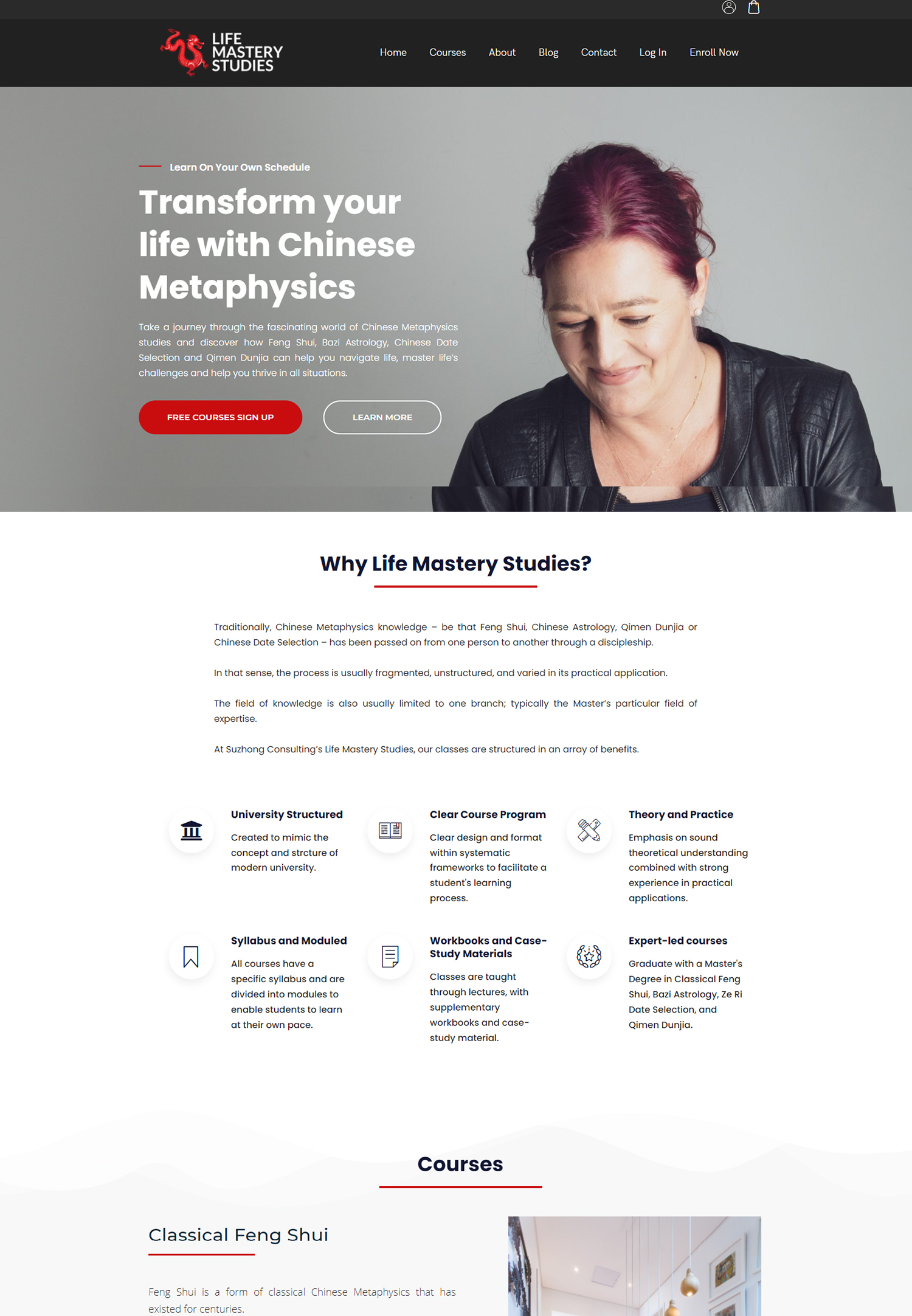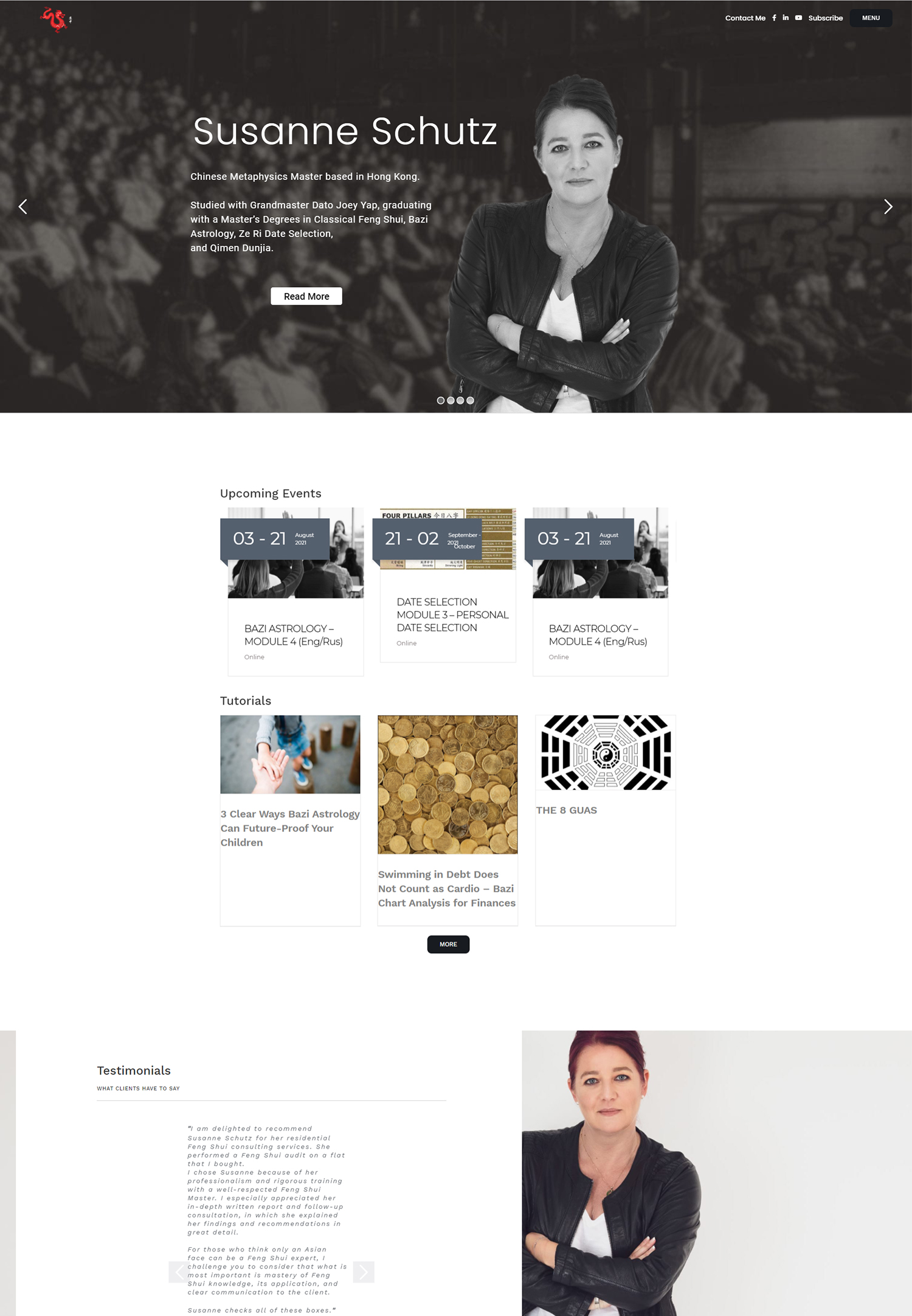When we delve into the world of digital advertising, we quickly realize that both Google Ads and Facebook Ads offer unique strengths that can be harnessed to achieve our marketing objectives. Google Ads excels in capturing intent-driven traffic. When users search for specific keywords, they are often in the mindset to make a purchase or seek information.
This means that our ads can reach potential customers at the exact moment they are looking for products or services like ours. The ability to target users based on their search queries allows us to connect with an audience that is already interested, making it a powerful tool for driving conversions. On the other hand, Facebook Ads shines in its ability to create brand awareness and engage users through visually appealing content.
With billions of active users, Facebook provides us with a vast audience to tap into. The platform’s advanced targeting options allow us to reach specific demographics, interests, and behaviors, enabling us to craft tailored messages that resonate with our target audience. Additionally, Facebook’s emphasis on visual storytelling allows us to showcase our products in a way that captures attention and fosters emotional connections.
By understanding these strengths, we can strategically leverage both platforms to maximize our advertising efforts.
Key Takeaways
- Google Ads and Facebook Ads have different strengths, with Google Ads being great for capturing high-intent users and Facebook Ads being effective for targeting specific demographics and interests.
- Setting clear goals for your advertising campaigns is crucial for measuring success and optimizing performance.
- Creating a cohesive brand message across both platforms helps to reinforce brand identity and improve overall brand recognition.
- Utilizing audience targeting and retargeting strategies can help to reach the right people at the right time, increasing the likelihood of conversion.
- Implementing cross-platform tracking and attribution is essential for understanding the full customer journey and attributing conversions accurately.
Setting clear goals for your advertising campaigns
As we embark on our advertising journey, it is crucial for us to set clear and measurable goals for our campaigns. Without defined objectives, we risk losing focus and direction, which can lead to wasted resources and missed opportunities. We should start by identifying what we want to achieve—whether it’s increasing brand awareness, generating leads, driving website traffic, or boosting sales.
By establishing specific goals, we can create a roadmap that guides our advertising strategies and helps us measure success. Moreover, setting goals allows us to align our efforts across both Google Ads and Facebook Ads. For instance, if our primary objective is to increase website traffic, we can utilize Google Ads to capture high-intent search traffic while simultaneously using Facebook Ads to create engaging content that drives users to our site.
By ensuring that our goals are consistent across platforms, we can create a cohesive strategy that maximizes our chances of success. Additionally, we should regularly review and adjust our goals based on performance data, allowing us to stay agile and responsive to changing market conditions.
Creating a cohesive brand message across both platforms
In today’s competitive landscape, maintaining a cohesive brand message across different advertising platforms is essential for building trust and recognition among our audience. When we present a unified message, we reinforce our brand identity and ensure that potential customers receive a consistent experience, regardless of where they encounter us. This consistency helps establish credibility and fosters a sense of familiarity, which can significantly influence purchasing decisions.
To achieve this cohesion, we must carefully consider our brand voice, visuals, and messaging across both Google Ads and Facebook Ads. For instance, if we are promoting a new product launch, the ad copy and imagery should align with our overall branding strategy. While Google Ads may focus on concise and informative text that highlights key features and benefits, Facebook Ads can leverage more creative visuals and storytelling elements to engage users emotionally.
By harmonizing our approach across platforms, we create a seamless experience that resonates with our audience and strengthens our brand presence.
Utilizing audience targeting and retargeting strategies
One of the most powerful aspects of digital advertising is the ability to target specific audiences with precision. Both Google Ads and Facebook Ads offer robust targeting options that allow us to reach the right people at the right time. By utilizing demographic data, interests, behaviors, and even custom audiences based on previous interactions with our brand, we can tailor our messaging to resonate with potential customers more effectively.
Retargeting is another crucial strategy that we should incorporate into our campaigns. This technique allows us to re-engage users who have previously interacted with our brand but did not convert. For example, if someone visited our website but left without making a purchase, we can use retargeting ads on Facebook or Google to remind them of the products they viewed or offer them an incentive to return.
This approach not only increases the likelihood of conversion but also reinforces brand recall among potential customers who may need multiple touchpoints before making a decision.
Implementing cross-platform tracking and attribution
To truly understand the effectiveness of our advertising efforts across Google Ads and Facebook Ads, we must implement cross-platform tracking and attribution strategies. This involves setting up tracking mechanisms that allow us to monitor user interactions across both platforms and attribute conversions accurately. By doing so, we gain valuable insights into how users engage with our ads and which channels drive the most significant results.
Utilizing tools like Google Analytics can help us track user behavior on our website after they click on an ad from either platform. We can analyze metrics such as bounce rates, time spent on site, and conversion rates to assess the performance of each campaign. Additionally, implementing UTM parameters in our ad links enables us to identify which specific ads or campaigns are driving traffic and conversions.
With this data in hand, we can make informed decisions about where to allocate our budget and optimize our strategies for maximum impact.
Testing and optimizing ad creatives and copy
In the ever-evolving landscape of digital advertising, continuous testing and optimization of ad creatives and copy are essential for achieving optimal results. We should approach our campaigns with a mindset of experimentation, regularly testing different variations of ad copy, visuals, and calls-to-action to determine what resonates best with our audience. A/B testing is a valuable technique that allows us to compare two versions of an ad to see which performs better in terms of engagement and conversions.
As we analyze the results of our tests, we can identify trends and patterns that inform our future advertising strategies. For instance, if we find that certain headlines or images consistently outperform others, we can refine our messaging accordingly. Additionally, optimizing ad copy for clarity and relevance is crucial; we want to ensure that our messaging aligns with user intent while also compelling them to take action.
By committing to ongoing testing and optimization, we position ourselves for success in an increasingly competitive digital landscape.
Leveraging the strengths of each platform for different stages of the customer journey
Understanding the customer journey is vital for effectively leveraging the strengths of Google Ads and Facebook Ads at different stages. At the top of the funnel, where brand awareness is key, Facebook Ads can be particularly effective in reaching new audiences through engaging visuals and storytelling. We can use eye-catching images or videos to introduce potential customers to our brand and pique their interest.
As users move further down the funnel toward consideration and decision-making stages, Google Ads becomes invaluable for capturing high-intent traffic. When users actively search for products or services related to ours, we can present them with targeted ads that address their specific needs or pain points. By strategically utilizing both platforms throughout the customer journey, we create a comprehensive approach that guides users from initial awareness to final conversion.
Analyzing and adjusting your integrated ad strategy for maximum ROI
Finally, as we implement our integrated advertising strategy across Google Ads and Facebook Ads, it is crucial for us to continuously analyze performance data and make adjustments as needed. Regularly reviewing key performance indicators (KPIs) such as click-through rates (CTR), conversion rates, and return on ad spend (ROAS) allows us to gauge the effectiveness of our campaigns. If certain ads or targeting strategies are underperforming, we should not hesitate to pivot or refine our approach.
This might involve reallocating budget from less effective campaigns to those yielding better results or experimenting with new ad formats or messaging strategies. By remaining agile and responsive to data insights, we can optimize our integrated ad strategy for maximum ROI while ensuring that we stay aligned with our overall marketing goals. In conclusion, by understanding the strengths of both Google Ads and Facebook Ads, setting clear goals, creating cohesive messaging, utilizing audience targeting strategies, implementing cross-platform tracking, testing creatives, leveraging platform strengths throughout the customer journey, and continuously analyzing performance data, we position ourselves for success in the dynamic world of digital advertising.
Through careful planning and execution, we can maximize our advertising efforts across both platforms and drive meaningful results for our business.


